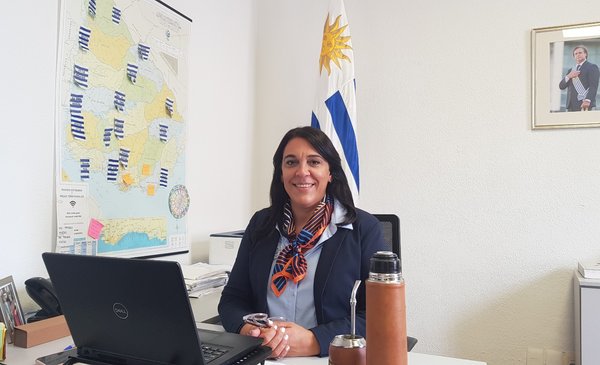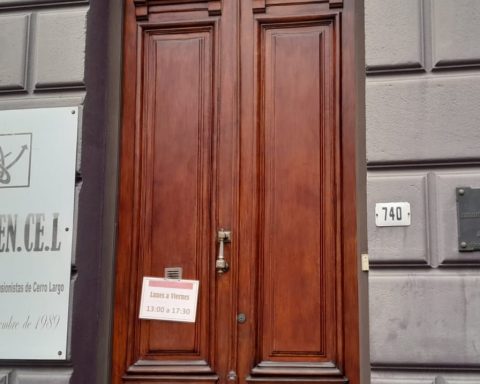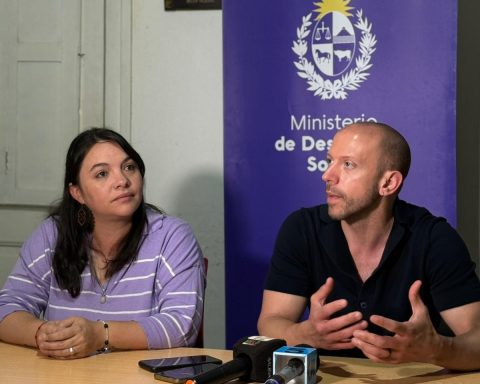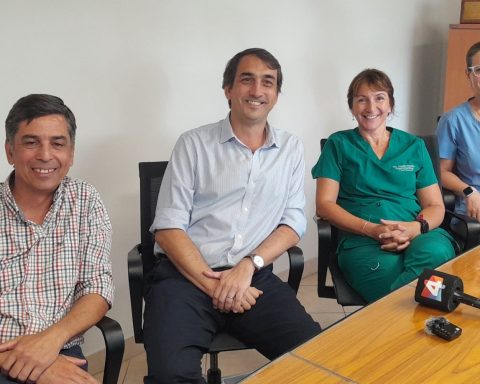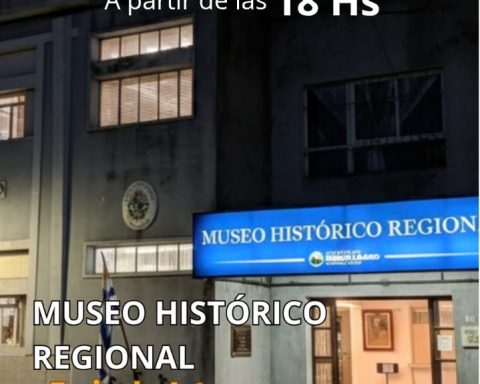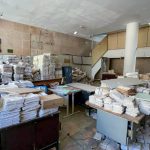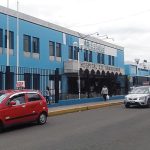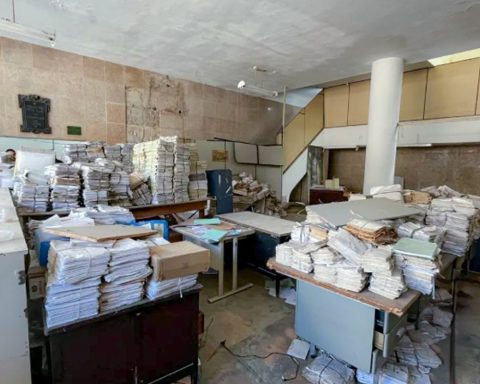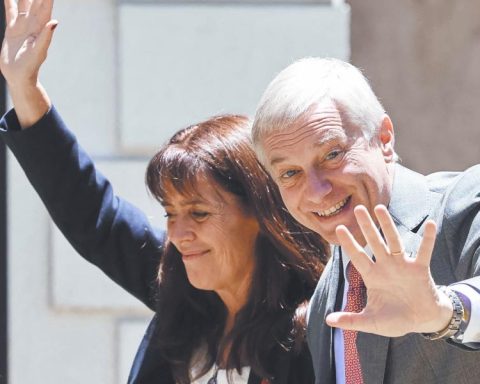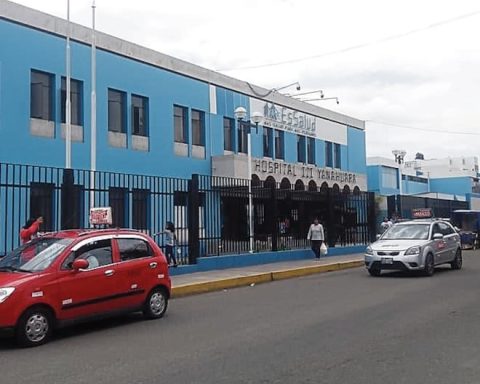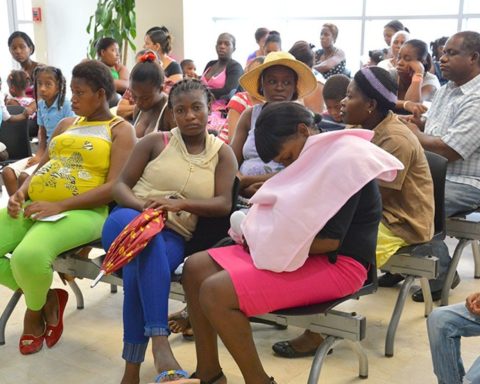The president of ANDE, Carmen Sánchez, speaks with pride of the work carried out at the head of the institution. Despite the challenges imposed by the pandemic, the agency managed to meet the challenges set at the beginning of its administration: spread out in the territory and offer instruments for the digital transformation of micro, small and medium-sized enterprises (MSMEs).
“In the interior of the country, the programs were not having good coverage,” assured Sánchez, and argued that 9 out of 10 of these companies that came to the windows of the 18 MSME centers in the country had never received support from the central government. Below is a summary of the interview with the head of ANDE conducted by Café & Negocios.
What data stands out among those present in the mipymes monitor recently launched by ANDE?
The mipymes monitor is a tool that we make available to all companies, all public policy makers and students whose objective is to survey the universe of micro, small and medium-sized companies in the country. It is not that the information does not exist but, in general, it is very disaggregated; You have to make a request for information, for example, to the BPS and DGI to obtain the data, the same with the INE, which works with the business directory. Another source of information was the national survey of SMEs carried out by Dinapyme every four years or so.
With the monitor we try to put all this information in a single, accessible place, with totally open data and that can be made available so that the interested party knows what the evolution of SMEs is. Now we have what the evolution was from 2008 to 2020 by company size, by activity sector and by department; which is also key for departmental governments when developing their policies.
This is the purpose of the monitor and why we did it. What we see is that microenterprises were the most relevant sector over the years; This is a characteristic that occurs not only in Uruguay but in all countries, both in the region and in the OECD, which have a very high proportion of micro-enterprises compared to small and medium-sized ones.
Another of the data that we saw in the evolution of companies is that there is a growth in the number of MSMEs and that it occurs fundamentally in the interior of the country, which seems to be the most dynamic sector when creating companies. There is a rate of business creation almost twice as high as in Montevideo.
Another characteristic that we have been seeing of this evolution is that there are some sectors that are more dynamic than others, for example everything that has to do with services and within that sector everything that has to do with communication, information technology and commerce are the ones that drive that further growth over the years.
What are the greatest needs that they detect and where are the policies that are designed based on them going?
That is not specified today by the monitor, but together with Dinapyme we are going to work on a survey to see some of these needs of the sector. We do have it from the surveys that we are doing.
There is a problem with productivity. If you look at the data on the monitor, what microenterprises contribute, both in number of SMEs and in workforce, is very important, however, it is not so important in terms of sales. This tells us about a productivity gap that these companies have that fail to materialize in sales all the work they generate with the workforce employed. There we see a very important opportunity to work on how to help these companies to be more productive since the workforce can generate a greater volume of work. We are working on this with different instruments that we have in the agency.
What could be an instrument that helps to optimize that productivity?
A lot of work needs to be done on cost analysis in the first place, on the supply chain, on who these companies buy from. In general, they do it one by one, so they buy in small volumes when perhaps, if certain companies from the same region or the same sector associate to make purchases together, they can obtain better prices..
At the same time, it has to do with the volume of sales. It is difficult for small companies to access large stores because they cannot supply their demand so easily, which is why it is also necessary to see if companies can work associatively to support each other and sell together.
In addition, it is important to rethink the business model. In many cases, MSMEs do things as they have been doing for a long time and do not have the time to rethink their business model. We can help them with that, in working on a new model that includes, for example, new marketing channels with everything digital. These are some of the lines that we are working on at ANDE.
Digitization was precisely an important goal for ANDE, what are the next steps?
We have a digital transformation program with the Inter-American Development Bank, we have been working a lot on the design and how the implementation will be. Next April 7th we will be launching this program with specific instruments for companies that, firstly, seek to make a diagnosis of companies to find out what degree of digital maturity they are at; It is a procedure that is done online and is brief and accessible. Knowing this starting point, the program proceeds to accompany the company to take the first steps towards digitization.
There we will have the figure of the digital facilitator that accompanies the company to see which is the digital solution that best suits each company within the options that are in the market. We are working on having a curatorship of suppliers and products that serve so that MSMEs can, for example, venture into electronic invoicing or do digital advertising or sell through an online channel. There are a lot of providers that do it, but the companies do not have the time or the knowledge about which one is better or more adapted to the reality of each one and that is why the program will provide them with the figure of the facilitator who will help them.
It will also have financial support for the implementation of this digital solution. That’s what we’re going to be releasing in April. It will be in Montevideo, but it will be replicated throughout the country through the SME centers that we have in the agency. It is important that it reaches the entire country, because the closer the company is to the border, the more relegated it is.
ANDE has made an important deployment in the territory through the SME centers, how has the return been in the different places?
We are very satisfied. We ended 2021 with 18 operating centers in the country, in some departments with two centers, such as Tacuarembó, Artigas and Río Negro.
They have had an enormous receptivity since we opened the first of the centers, on July 15 in Cerro Largo; Until the end of the year we have 1,800 people who have received services in the centers. Nine out of 10 of these companies had never received support from the central government.
This for us is an important piece of information because it shows how important it is to be in the territory; It’s not that the shows weren’t there, they were and had national coverage, but people weren’t coming to them. In the interior of the country, the programs were not having good coverage. Now it remains for the centers to start working and start seeing the results.
Are there updated figures on how much has been given to MSMEs through ANDE’s financial support instruments?
In total, US$ 30 million were committed between reimbursable and non-reimbursable funds, there was an important contribution related to the measures for covid-19. More than 29 thousand beneficiaries (companies and entrepreneurs) were served by these instruments during 2021.
